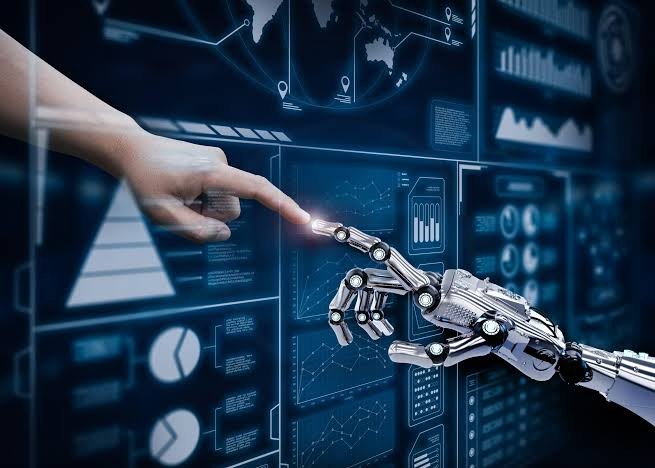In the digital age, technology has become an integral part of our lives, revolutionizing the way we work and interact with the world. From automation and artificial intelligence to remote collaboration tools and cloud computing, technological advancements have profoundly impacted various industries, reshaping the very nature of work itself. In this blog post, we will explore the transformative power of technology and how it is changing the landscape of work.
Automation and Artificial Intelligence

Automation and artificial intelligence (AI) have emerged as game-changers, streamlining processes and augmenting human capabilities in countless industries. Repetitive and mundane tasks that once consumed valuable time and resources are now being automated, freeing up employees to focus on more complex and strategic endeavors. AI algorithms can analyze vast amounts of data, providing actionable insights and driving informed decision-making.
However, concerns about job displacement often accompany the rise of automation and AI. While certain jobs may indeed become obsolete, new roles will inevitably emerge, requiring human skills such as critical thinking, creativity, and emotional intelligence. The key lies in adapting to the changing landscape and acquiring new skills that complement and harness the power of technology.
Remote Work and Collaboration Tools

The COVID-19 pandemic accelerated the adoption of remote work and highlighted the significance of collaboration tools. Companies worldwide swiftly transitioned their operations online, relying on video conferencing, project management platforms, and cloud-based document sharing to maintain productivity and connectivity. As a result, geographical barriers were broken down, enabling teams to collaborate seamlessly across time zones and borders.
Remote work offers benefits such as increased flexibility, reduced commuting time, and access to a global talent pool. However, it also poses challenges, including maintaining work-life balance, fostering team cohesion, and ensuring cybersecurity. Nevertheless, with continuous advancements in technology and a growing digital infrastructure, remote work is likely to remain a prominent feature of the modern workplace.
Enhanced Productivity and Efficiency

Technology has significantly enhanced productivity and efficiency in the workplace. Automated workflows, advanced data analytics, and project management tools have streamlined processes, eliminated bottlenecks, and reduced human error. Real-time communication and instant access to information have accelerated decision-making and problem-solving.
Moreover, cloud computing and mobile technology have untethered employees from their desks, enabling them to work anytime, anywhere. This flexibility not only enhances work-life balance but also empowers individuals to tailor their productivity to their own rhythms, fostering a more engaged and motivated workforce.
Upskilling and Reskilling

As technology evolves, the demand for new skills arises. To thrive in the digital era, employees must continuously upskill and reskill themselves to remain relevant and adaptable. Lifelong learning has become a necessity rather than an option, as emerging technologies like blockchain, cybersecurity, and data science reshape industries.
Fortunately, technology itself has opened up new avenues for learning. Massive Open Online Courses (MOOCs), online certifications, and e-learning platforms offer accessible and affordable opportunities for individuals to acquire new skills. Employers, too, have recognized the importance of upskilling their workforce and are investing in training programs to harness the potential of their employees.

Technology’s impact on the world of work cannot be overstated. It has brought forth immense opportunities and challenges, reshaping job roles, industries, and work dynamics. Embracing technological advancements, being open to change, and continuously learning are crucial for individuals and organizations to thrive in the ever-evolving landscape of work. By leveraging technology responsibly and harnessing its power, we can unlock new levels of productivity, innovation, and collaboration, paving the way for a future where humans and machines work together harmoniously.

